Treating a wound or an injury is only half of the healing process. Making sure that it scars correctly and the scars themselves heal is the last step. Being able to identify your scars helps you better choose the treatment that is right for you. So that begs the question: how can you tell the difference?
What are Hypertrophic Scars?
Hypertrophic scars are caused by a protein called collagen, which repairs and strengthens the broken tissue in a wound. The last step of the healing process stops collagen production and breaks down any excess. However, sometimes excess or continual production of collagen causes the skin to rise, creating a visible scar. Hypertrophic scars are more likely to form on or around areas with movement, such as joints and on the face. They also have a tendency to fade over time.
Identifying Hypertrophic Scars
Hypertrophic scars are visible and raised above the skin, although rarely above 4mm. They can appear either red or pink in color. They are usually hard and sturdy. The biggest sign of a hypertrophic scar is that it stays within the boundaries of the original wound, and never spreads to other areas.
What are Keloid Scars?
Like hypertrophic scars, keloids are also caused by excess or continual production of collagen. However, the fibers themselves are structured differently. Hypertrophic scar fibers are often rigid and organized. Keloid fibers are thicker and disorderly. Similar to hypertrophic scars, keloids are more likely to form on or around areas with movement, such as joints and on the face. Keloids are also more common in persons with darker pigmentation of the skin.
Identifying Keloid Scars
Keloids appear round and bubbly, and are always raised above the skin, usually more than 4mm. They can come in a variety of colors, from pink to purple, and appear to have a shiny surface. The most definitive feature of keloids is that they expand beyond the boundaries of the original wound, spreading to the surrounding tissue. You may find keloid scars in areas adjacent to the wound that received no trauma from the initial incident.
Treating Hypertrophic Scars
Treating hypertrophic scars is generally easier than treating keloids because they regress over time. Therefore, treatment is focused on speeding up and assisting this process. Silicone sheets and gels are the most common form of treatment. Silicone stops water loss and reduces collagen production resulting in a softer, flatter scar. Another popular treatment is called pressure dressing. This involves keeping constricting bandaging on the scars for a long period of time, typically upwards of 6 months, causing the scars to flatten.
Treating Keloid Scars
Because they spread rather than regress, keloid scar treatment is often more complicated than treating hypertrophic scars. Although it is an option, surgery is typically avoided. Corticosteroid injections are popular and effective form of treatment. They breakdown collagen and slow production, which halts the intrusive spreading. It also helps to flatten the scar over time. Similar to the treatment of hypertrophic scars, silicone products can also be effective for minimizing keloids.
Overall, getting rid of old scars depends on what kind of scar they are. Although hypertrophic scars and keloids are very different, the treatments themselves are very similar. Identifying and learning about your scars is the first step to finally removing your bothersome scars.
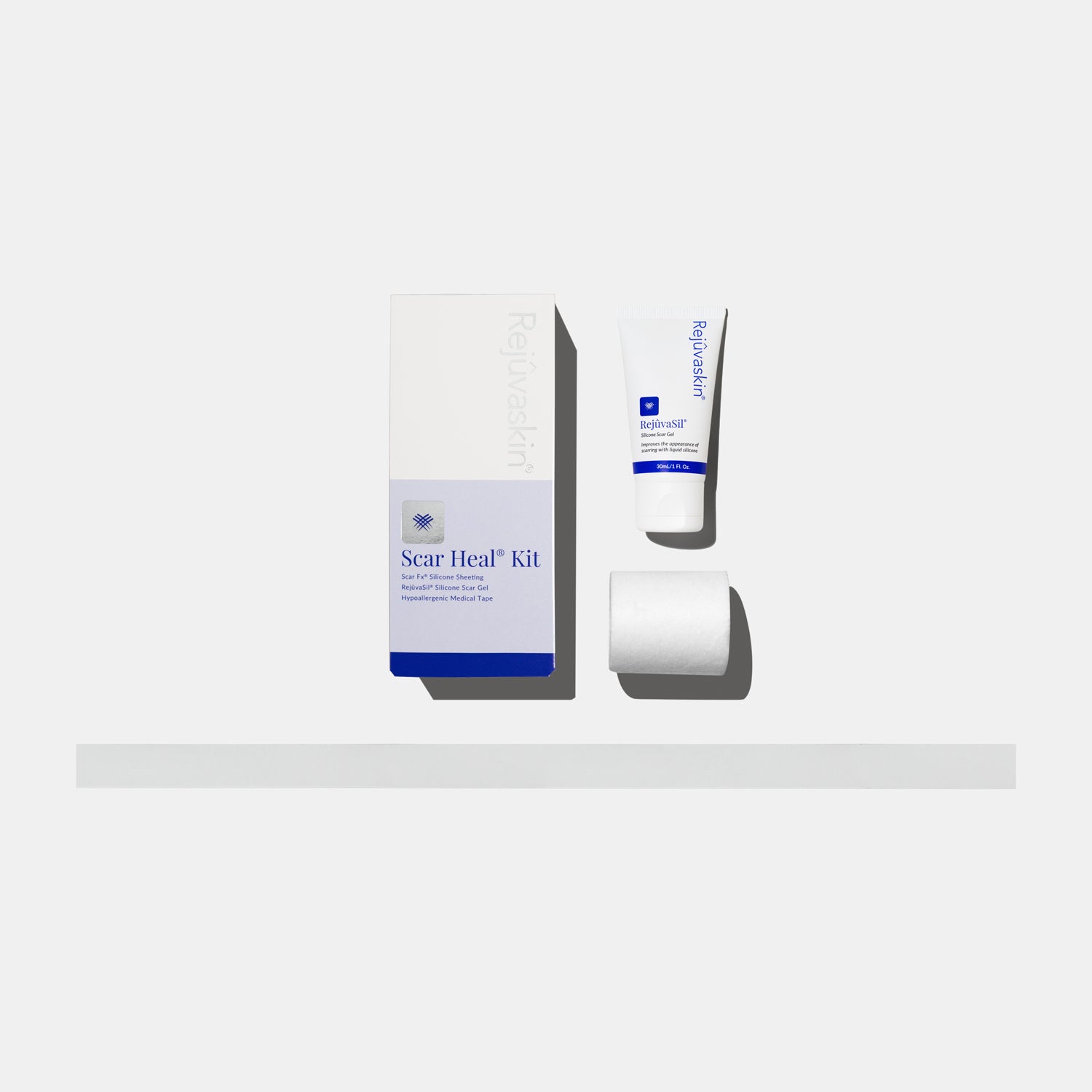


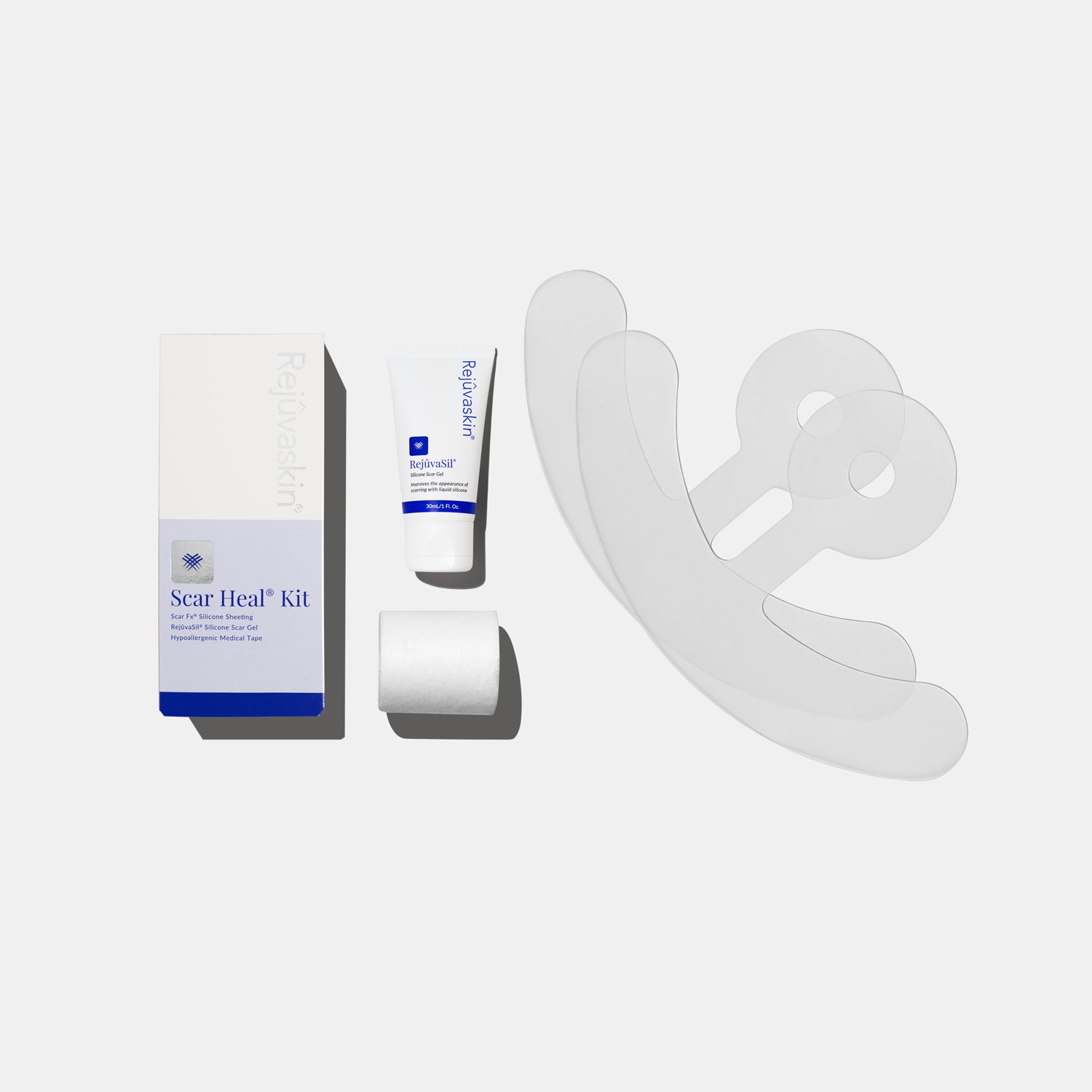
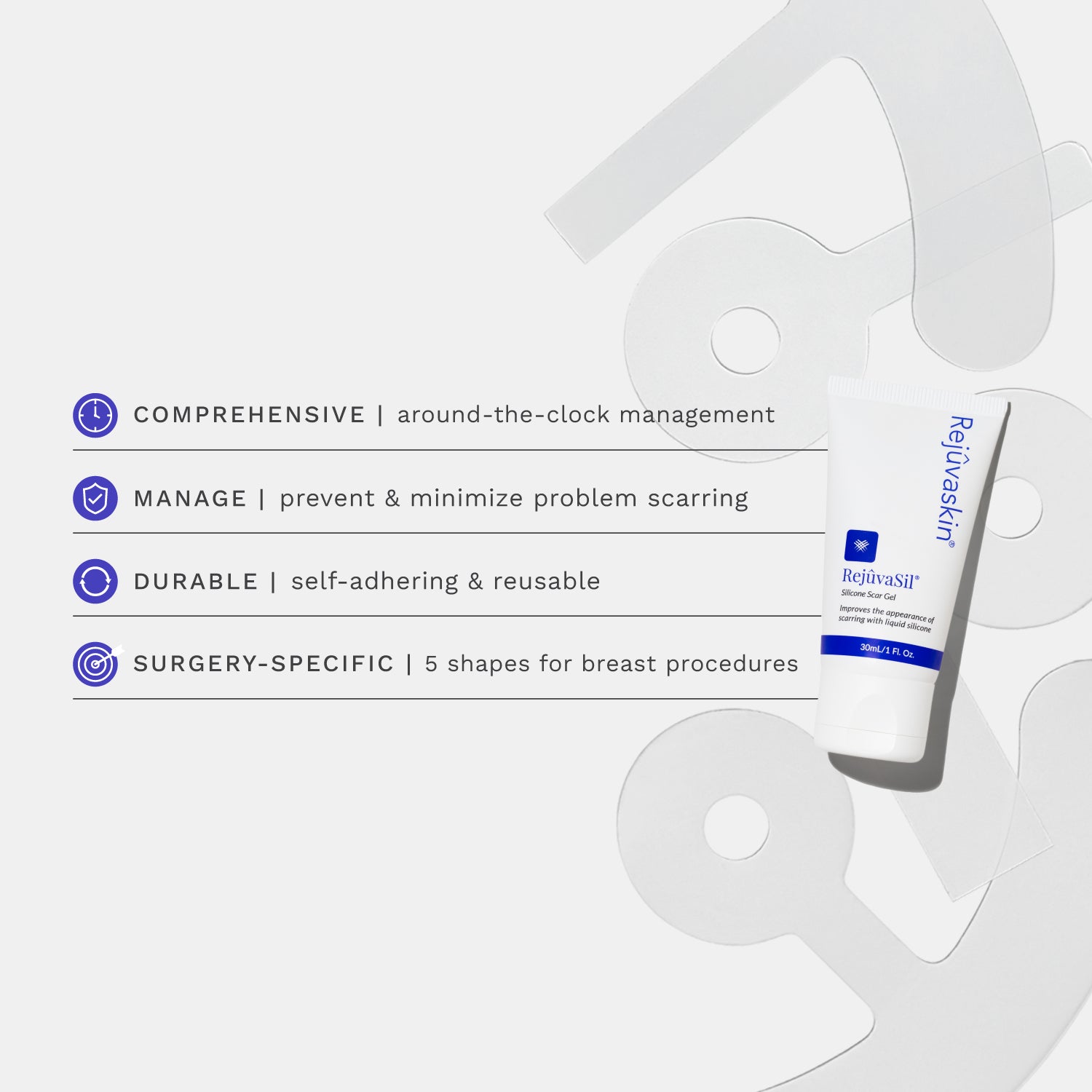
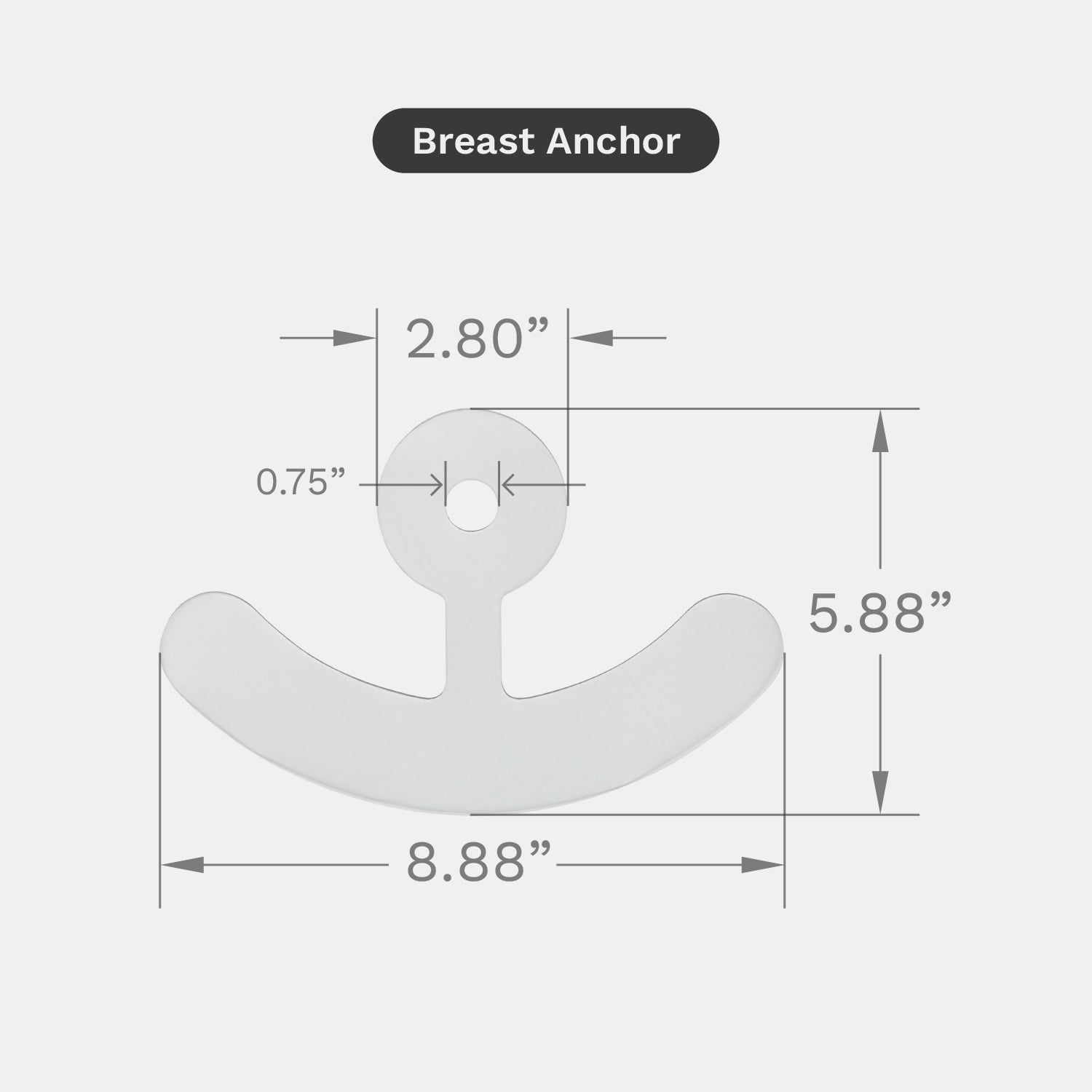
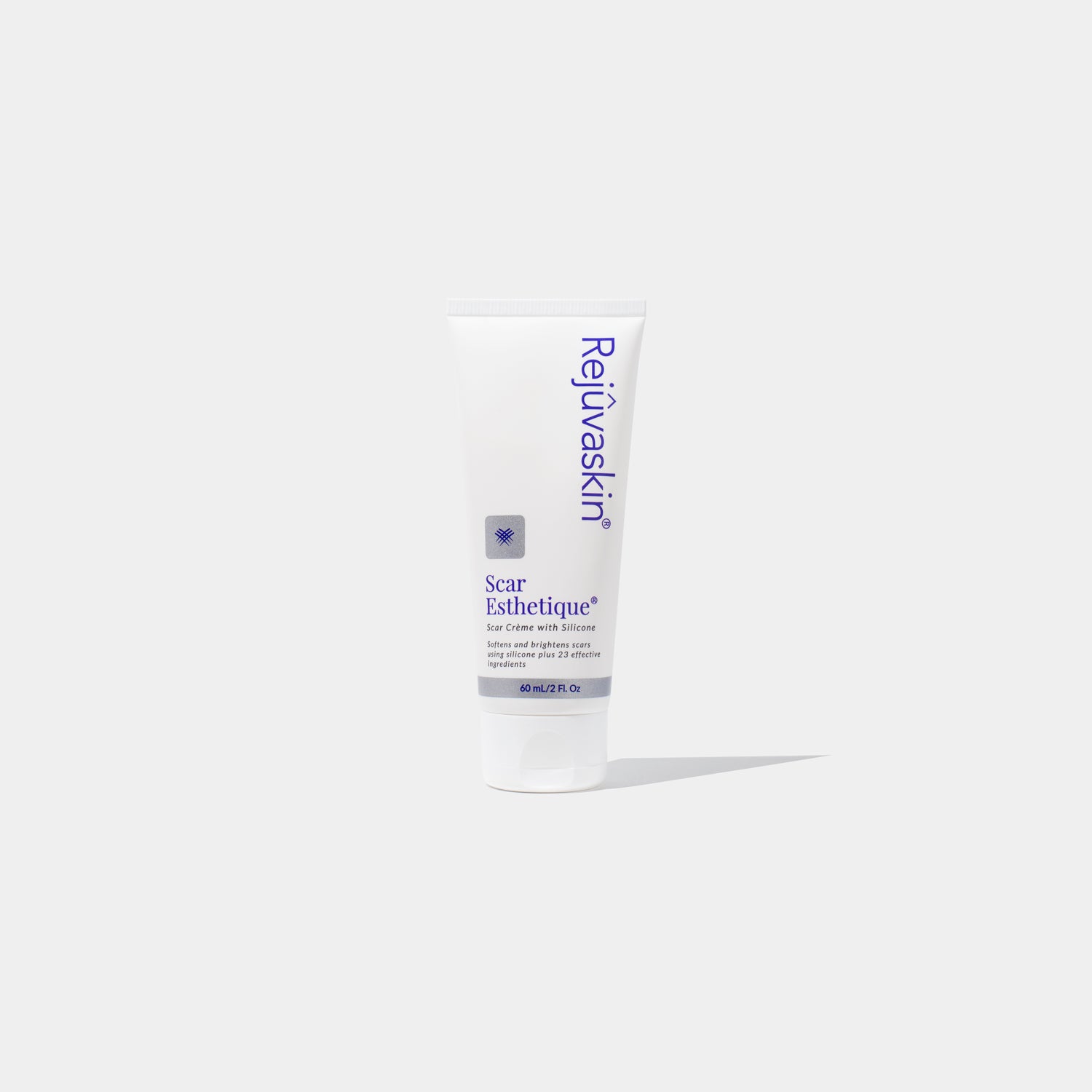
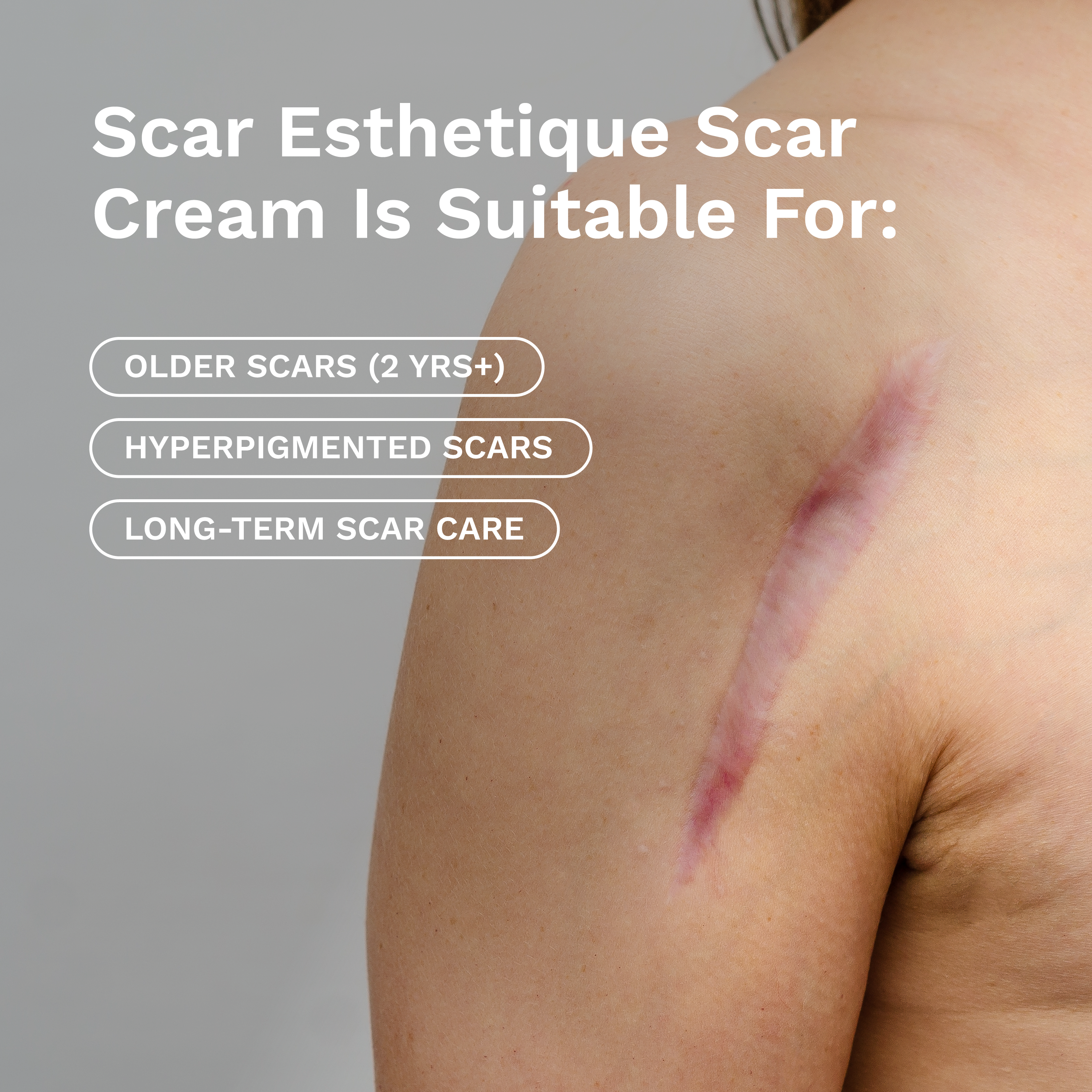








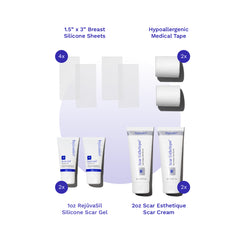
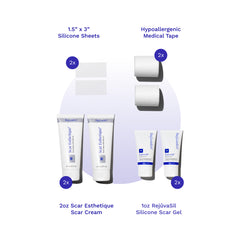


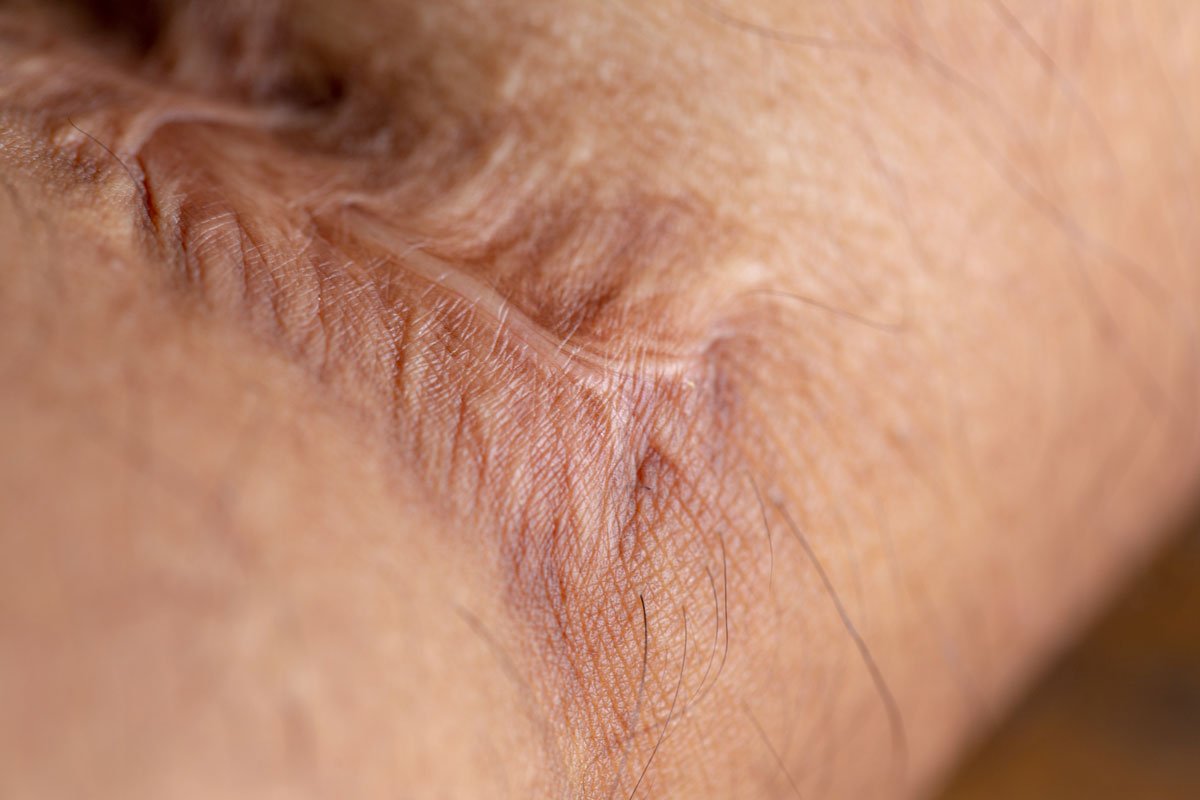
Leave a comment